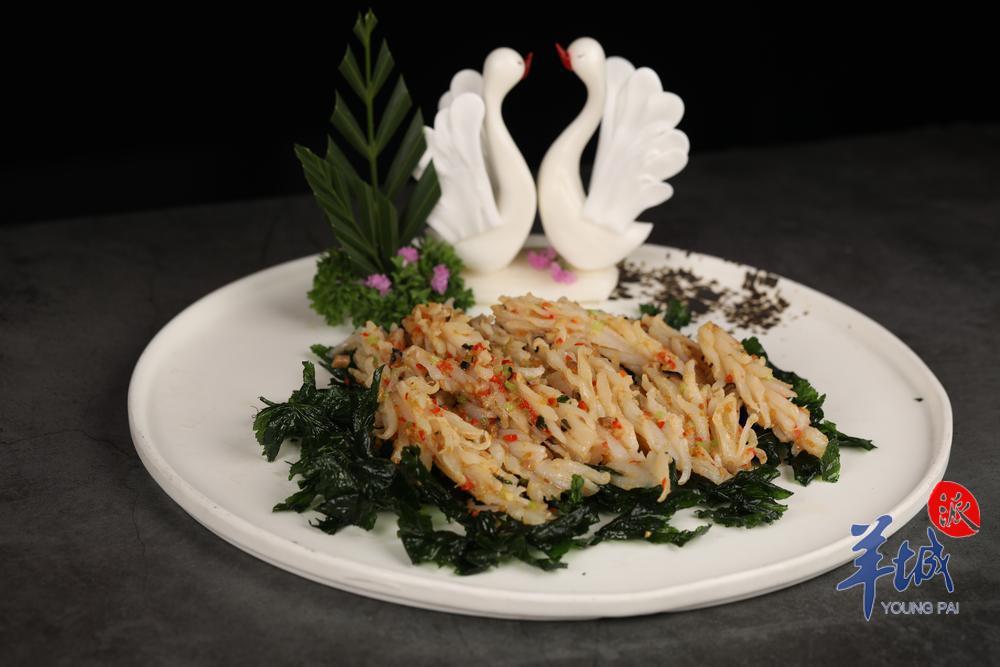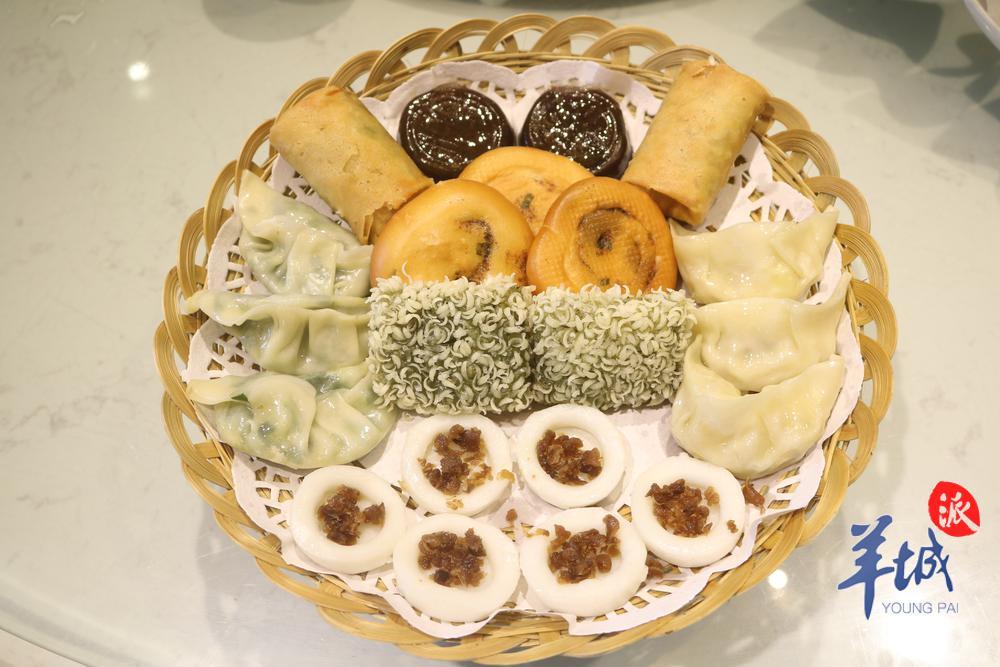
On October 31st, the official website of UNESCO announced that Chaozhou has been successfully chosen as the "Creative City of Gastronomy". Following the footsteps of Chengdu in Sichuan, Shunde in Guangdong, Macau, Yangzhou and Huai'an in Jiangsu, Chaozhou has become the sixth city in China and the second in Guangdong to receive this prestigious title.
The title "Creative City of Gastronomy" resonates with the promise of mouthwatering delights. What makes Chaozhou deserving of this accolade? Let's delve into the culinary wonders in this ancient city.
For the hardworking and skillful people of Chaozhou, food takes center stage. Chaozhou cuisine is listed in the fifth batch of representative projects of China's intangible cultural heritage. The term "Chaozhou cuisine" represents one of the finest culinary arts globally.
During its long development, Chaozhou cuisine has assimilated cooking techniques from both Chinese and Western cuisines. It has embraced and incorporated the essence of renowned dishes from both domestic and international sources, resulting in a distinctive culinary style. The cooking methods include stir-frying, stewing, cooking, steaming, deep-frying, oil-poaching, braising, blanching, pan-frying, marinating, drunken cooking, fansha cooking(flipping with sugar), gaoshao cooking (stewing with sugar), grilling, chilling, simmering, and teppanyaki, among others.

Chaozhou culinary masters both chefs and artisans. They often carve various flowers, birds, and other designs out of locally grown vegetables and fruits. In terms of presentation, Chaozhou cuisine pursues aesthetics and artistic appeal. The dishes are meticulously arranged, with harmonious color combinations. Sometimes, decorative elements such as flowers and fruits are added, enhancing the visual appeal of the dishes.
High-quality ingredients are the soul of Chaozhou cuisine. Many visitors get to learn about Chaozhou cuisine from the renowned Chaozhou beef hotpot in praise of its tenderness and deliciousness.
Freshness is especially crucial for the beef, which should ideally be served 3.5 to 4 hours after the slaughter. Beyond this timeframe, the texture is compromised. Additionally, the hotpot broth is made from ox bone soup-stock and various cuts of beef from shoulders or aims, loins, hind legs, front waists, abdomens and other parts of an ox, which are then instant boiled and offer a unique and utterly flavorful experience.
Situated by the seaside, Chaozhou enjoys abundant and vibrant seafood. Naturally, Chaozhou cuisine excels in preparing seafood dishes. For instance, the Teochew daa laang (night-time meal) made from chilled fish, crab, and lobster dishes embodies the essence of freshness. Prepared on the spot, these dishes are accompanied by a variety of dipping sauces and condiments, bringing a clean, flavorful taste that showcases the genuine flavors of the sea.

The tradition of Kuai dishes consisting of finely cut strips of raw meat or fish also has deep roots in Chaozhou. The preparation of such dishes requires superb knife skills, coming out of thin and translucent slices. Chaozhou Kuai dishes is accompanied by an array of condiments, including starfruit slices, radish strips, ginger shreds, onions, chili rings, celery, dried radish, and garlic slices. Drizzled with a special sauce, this dish offers an unparalleled flavor.
Chaozhou cuisine is renowned for its excellent taste and variety, which is largely due to the abundance and diversity of ingredient choices. Whether it's high-end dishes or simple delicacies made from everyday ingredients, a meticulous selection of fresh ingredients is essential. The cuisine's emphasis on using only the freshest and highest-quality ingredients available is what makes it stand out.
潮州入选“世界美食之都”,这座古城到底有多好吃?
10月31日,联合国教科文组织官网发布消息:潮州成功入选“世界美食之都”。继四川成都、广东顺德、澳门、江苏扬州、淮安之后,潮州成为全国第六个、广东第二个获得“世界美食之都”称号的城市。
“世界美食之都”听起来就“很好吃”,潮州为什么能获得这个称号?潮州又有哪些美食?一起了解。
对于吃苦耐劳、心灵手巧的潮州人来说,“吃”字当头。潮州菜烹饪技艺,被列入第五批国家级非遗代表性项目名录。 “潮州菜”这三个字,代表了全球公认的最好的中华料理之一。
在长期的发展过程中,潮州菜吸收了中原菜系甚至西餐的烹饪技艺,实践并博采海内外各地名食的精华,形成了独具特色的烹调方法和技艺,有炒、炖、炊、炆、炸、油泡、焗、白灼、烙、卤、醉、返沙(翻沙)、糕烧、熏、烧烤、冻、煲、铁板烧等。
潮州菜师傅们不仅仅是厨师,更像是工艺师。他们常以本土出产的各类蔬菜瓜果为原料,雕刻各种花卉、飞禽等。在摆盘上,潮州菜追求美感与意境,盘中的菜肴摆放得当,色彩搭配协调,有时还会加入一些装饰元素,如花草、果实等,让菜品更具观赏性。
好食材是潮州菜的灵魂所在。很多外地朋友,了解潮州美食,都是从牛肉火锅开始,无不对其鲜嫩可口赞不绝口。那么,潮州牛肉火锅究竟好在哪里?其中最重要的,便是食材——牛肉要绝对新鲜,一般牛宰杀后3.5到4个小时上餐桌是最合适的,超过4小时就会影响口感。然后,用牛骨高汤作为火锅汤底,再涮上牛不同部位的鲜肉,有脖仁、吊龙、正五花、嫩肉、肥拼、牛杂等,口感各异,鲜味十足。
潮州人临海而居,海产非常丰富、生猛,潮州菜自然也就以烹饪海鲜见长。比如,鱼饭、蟹饭、龙虾饭之类的海鲜打冷,以“鲜”为灵魂,现捞现做,配以各种酱碟佐料,吃起来清而不淡,鲜而不腥,将海货最本味、最原始的味道展现得淋漓尽致。
潮州人吃鱼生的历史也十分悠久。鱼生的制作十分注重刀工,每一片都轻薄透亮,十分绝妙。潮州鱼生搭配的小配菜十分丰富,有杨桃片、萝卜丝、姜丝、洋葱、辣椒圈、芹菜、菜脯、蒜片等,淋上酱汁,味道堪称一绝。
丰富多样的食材选择,是做好潮州菜的基础。潮州菜选料考究、食材鲜美,无论是由高档食材烹饪而成的“硬菜”,还是由普通食材“粗料细做”而成的美味佳肴,都离不开食材的“好”与“新鲜”。
话题主持|记者 魏礼园
资料参考|潮州+、广东发布、潮州发布、潮州日报、潮州电视台、新华社等
译|白心怡
责编 | 王楠
校对 | 周勇
-
Y Talk|Why do Guangdong and Hakka merchants prefer each other?
2023-11-02 10:39:40 -
Chaozhou chosen as "Creative City of Gastronomy"
2023-11-01 23:11:43 -
Photo exhibition by a post-90s artist questions AI's comprehension ability
2023-11-01 23:11:43 -
Rural products go global in the 134th Canton Fair Phase 3
2023-11-01 23:11:43






